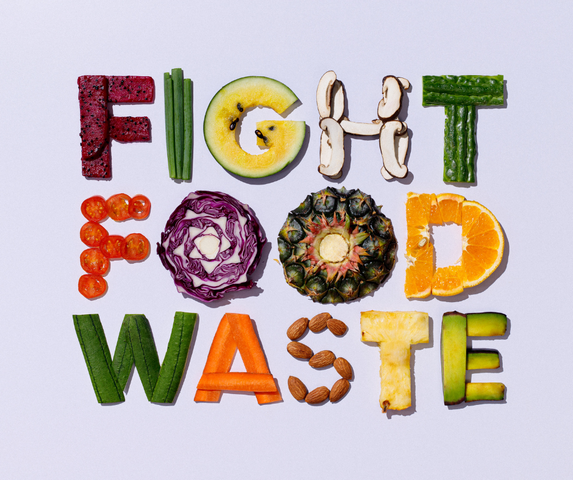
Food waste occurs at every step along the food chain, from production and processing to retail distribution as well as at the consumer level. In fact, it’s estimated that fully a third of the world’s food is thrown away and sent to landfills, where it rots and produces methane gas, the second most common greenhouse gas and a huge contributor to climate change. Here are some ways you can reduce food waste in your own home.
Shop smarter – Most of us buy more groceries than we need. You can sharply increase food waste by shopping with a meal plan, buying only what you need and shopping more frequently so that produce can be consumed before it rots.
Store food correctly – Improper storage can result in premature ripening and rotting. Potatoes, tomatoes, garlic, cucumbers and onions, for example, should be kept at room temperature, and foods that produce ethylene gas while ripening (bananas, avocados, tomatoes, peaches, pears and cantaloupes) should be kept away from ethylene-sensitive produce like potatoes, apples, leafy greens, berries and peppers.
Try preserving – Pickling or canning are age-old methods for preserving food, and they can be fun. When you can overflow with ripe peaches, make applesauce, or pickle a bounty of cucumbers, you are both saving money and shrinking your carbon footprint.
Be a little less picky – Consumer demand for flawless fruits and vegetables has led grocers to buy only picture-perfect produce, which leads to tons of perfectly good food going to waste. The truth is, the more ripe, but less pretty fruits and veggies are often sweeter and tastier. When shopping, do your part to prevent food waste by choosing these foods and making them a delicious part of your menus.
Get out the blender – Very ripe fruits and veggies make delicious and healthful smoothies. Even the tops of strawberries and the cut-off stems of kale and broccoli can add flavor and added nutrition to your smoothies.
Compost if you can – Composting can keep tons of rotting food out of our landfills. While not everyone has the space for an outdoor composting system, you can save fruit and veggie peels and other food scraps in a small bin next to your kitchen trash can and dump the lot into your yard waste bin